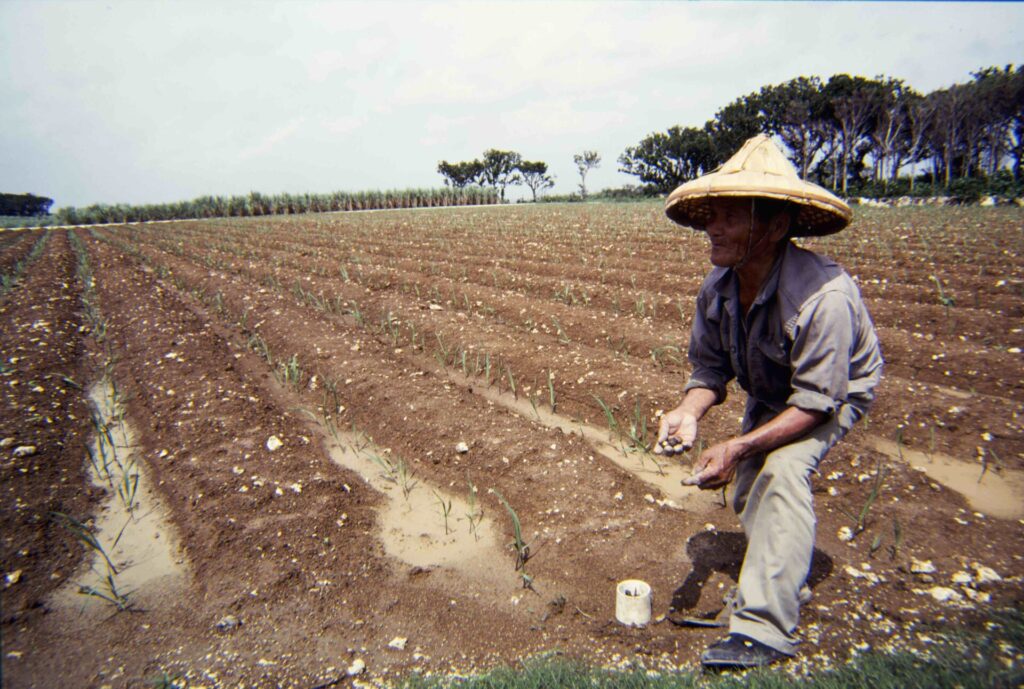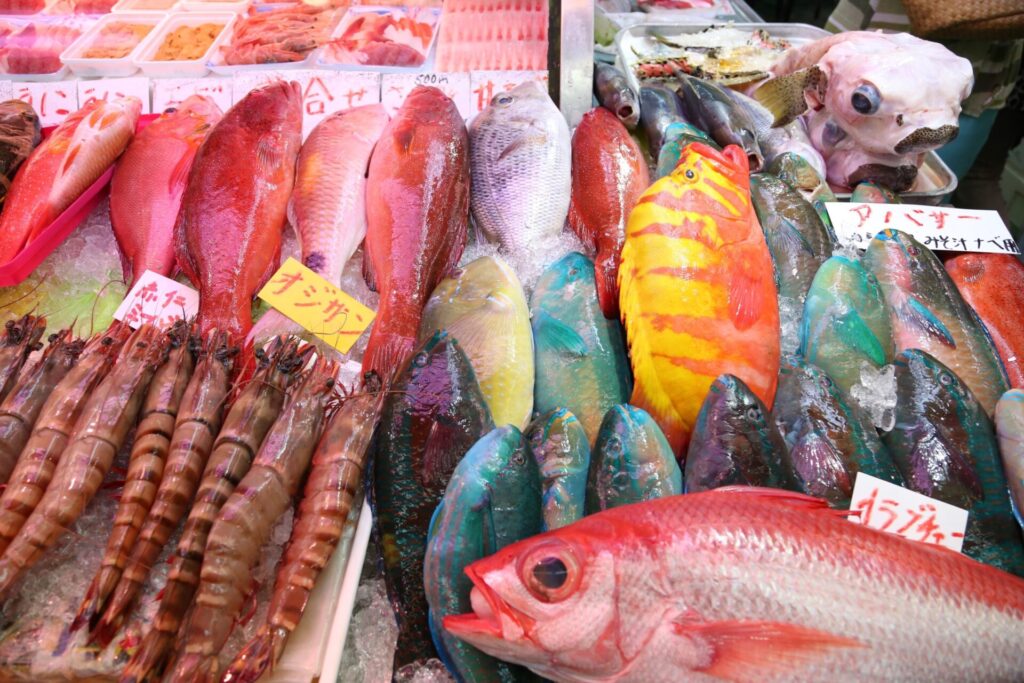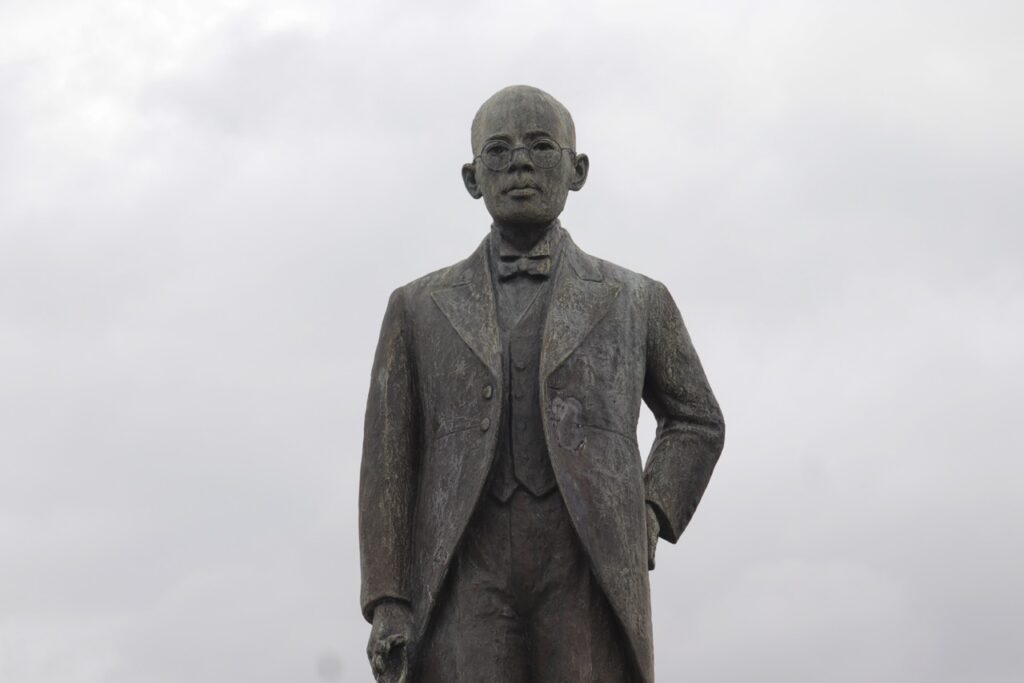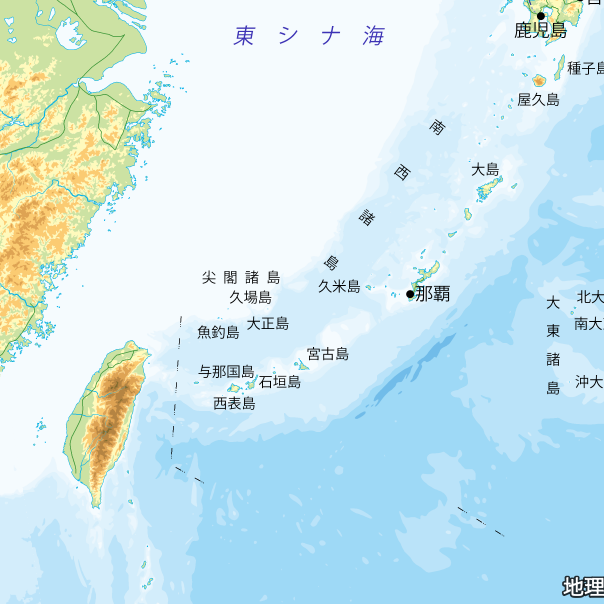Satsuma Invasion

In 1609, the Ryukyu Kingdom was invaded by the Shimazu clan of Satsuma1–Han2 with whom the Ryukyu had mutual amity intercourses until then. As a result, the Ryukyu lost its political independence and came under the domination of the Edo shogunate3 and the Satsuma-Han. However, trade with China was maintained as a nation, which meant that Ryukyu was still a “foreign land” to Japan. This event named Ryukyu Disposition lasted 270 years until the Ryukyu Kingdom was annexed as Okinawa Prefecture.
The Edo government, the Satsuma domain, and the Ryukyus Kingdom are all factors which led to this event: it all started from the aggressive foreign policy of Toyotomi Hideyoshi—the preceding ruler of the Edo shogunate—toward Ryukyu, Korea, and China. After his failure in the negotiation to restore trade, Hideyoshi aimed to invade the Ming Dynasty. Nonetheless, this aggressive policy fell through with the death of Hideyoshi. Tokugawa Ieyasu—who then came into power—worked for the restoration of trade and the improvement of relations between the Mind Dynasty and Japan which had collapsed due to the policies of Hideyoshi. The Ryukyu Kingdom was taken advantage of with this aim. When in 1602 a Ryukyu ship drifted ashore in Date domain4 and was sent back home, Ieyasu issued a request through the Shimazu clan to Ryukyu to send envoys in gratitude for this event. Until 1608, the Ryukyu and Satsuma-Han continued to negotiate over the dispatch of the envoy, under the strong will of the Edo shogunate to trade with the Ming Dynasty through Ryukyu. However, in mid-1608, the Shimazu clan chose to take forceful means, including aggression. The last peaceful negotiation was conducted in February 1609.
The invasion began from Yamakawa port on March 4th where the Shimazu clan sailed out, arriving on Kasari on the 7th, gaining control of Oshima on the 8th, the island of Tokunoshima on the 22nd, Okinoerabu Island on the 24th, burning down the Nakijin Castle on the 27th, landing from Owan in Yomitan on the 29th, and finally on April 1st, arriving on Shuri. On the 3rd, King Sho Nei left the Shuri castle which the Shimazu forces has seized. Kumejima and Sakishima Islands surrendered before May 5th. On the 16th, a ship left the Naha Port for Satsuma, with Sho Nei, the Sanshikan (top ministers) such as Urasoe and Jana, and others on board as hostages. On July 7th, Ieyasu approved the Satsuma domain to rule Ryukyu.
Henceforth, King Sho Nei was sent to Sumpu5—where Ieyasu resided—in May 1610, then to Edo. Sho Nei was treated with equal diplomatic status as the Korean envoy. This event laid the foundation for the Edo-nobori6 by Ryukyu missions. In December, Sho Nei went back to Satsuma and in September 1611, returned to Ryukyu with others as he and Urasoe Wēkata (Okinawan aristocracy) accepted the ruling policies over Ryukyu; meanwhile, Jana Wēkata who rejected these policies was beheaded. Later, the Ryukyu Kingdom was taken away from the islands of Amami-Oshima which served as a stepping-stone for the Satsuma. A land survey was conducted as well, and the territory of the Kingdom was assessed as 89,068 koku7, requiring to pay tribute with bashō-fu and other items. The Fifteen Regulations were also issued, which completed the domination of Ryukyu under the feudal system of the Shogunate. Although the Edo shogunate’s negotiations with Ming had failed on the surface, the shogunate and the Shimazu began to intrude into the Ryukyu’s tributary trade with Ming. In the end, the Kingdom had no option but to be financially dependent on these two in order to pay tribute to Ming. This situation lasted until it was forbidden under the Meiji Government in 1875 when the Kingdom became a clan.
Editor’s Note:
- Today’s western part of the Kagoshima prefecture.
- A Japanese historical term for an estate ruled by a feudal lord.
- The military government of Japan in the Edo period, from 1603 to 1868.
- Today’s part of Tohoku region.
- Today’s part of Shizuoka prefecture.
- 江戸上り, literally meaning “going up to Edo”. Missions sent to Edo from Ryukyu during the Edo period.
- A unit of volume used in Japan, is about 180l. Used to represent the amount of rice production a domain could yield, hence the size of that domain.





































































































































































































































